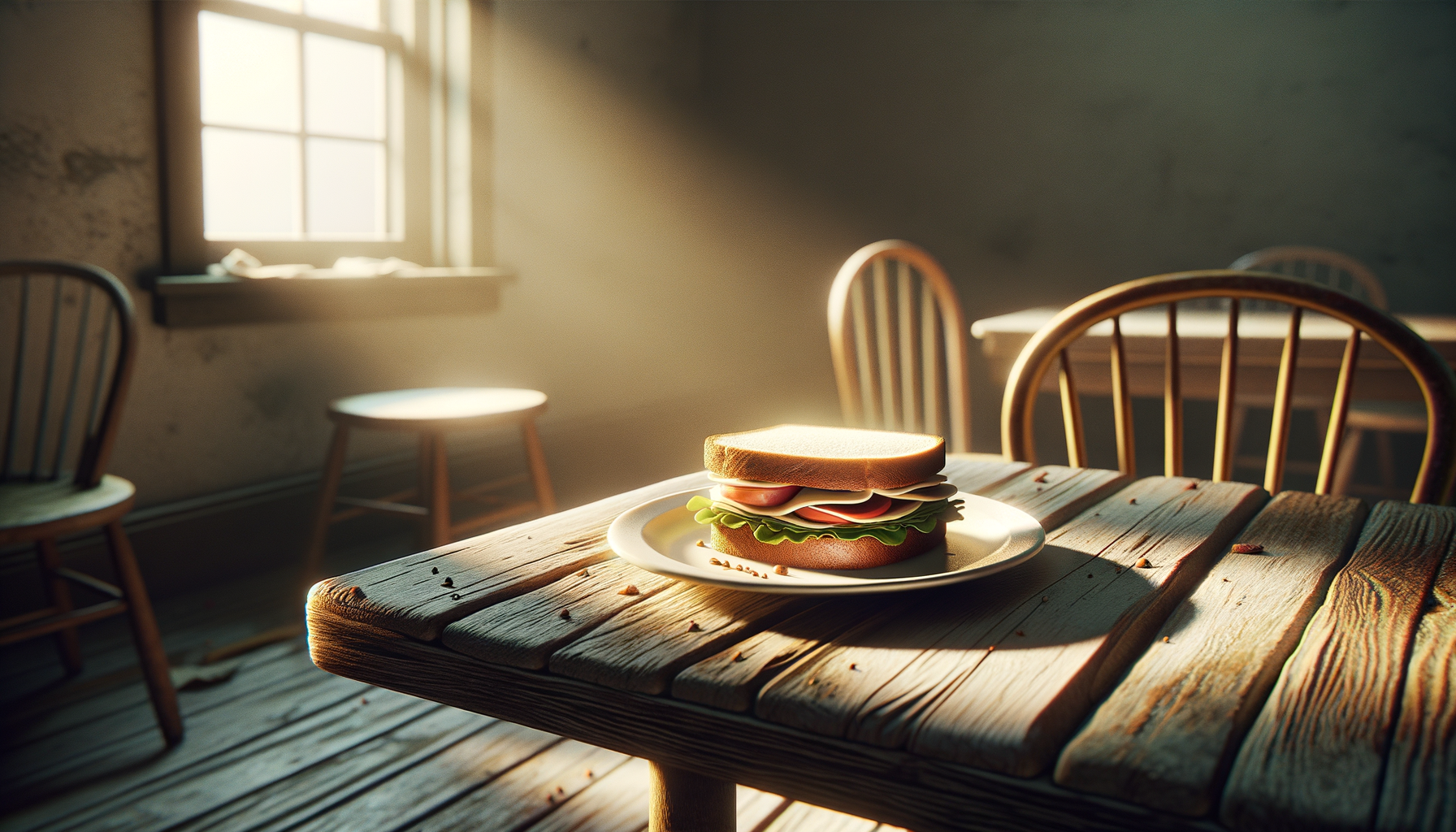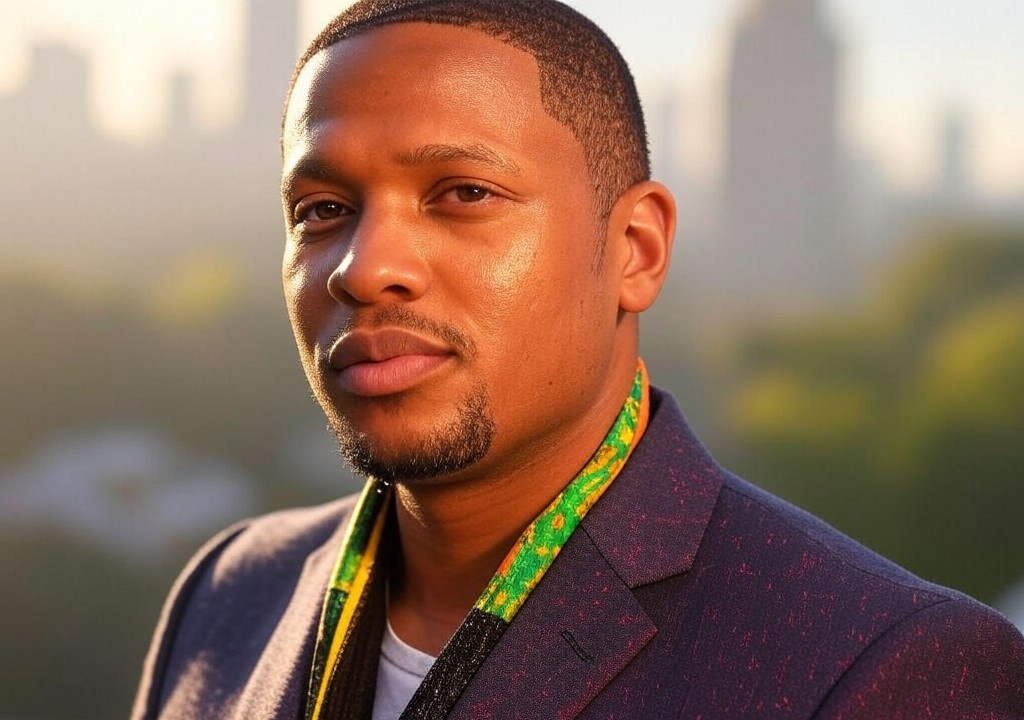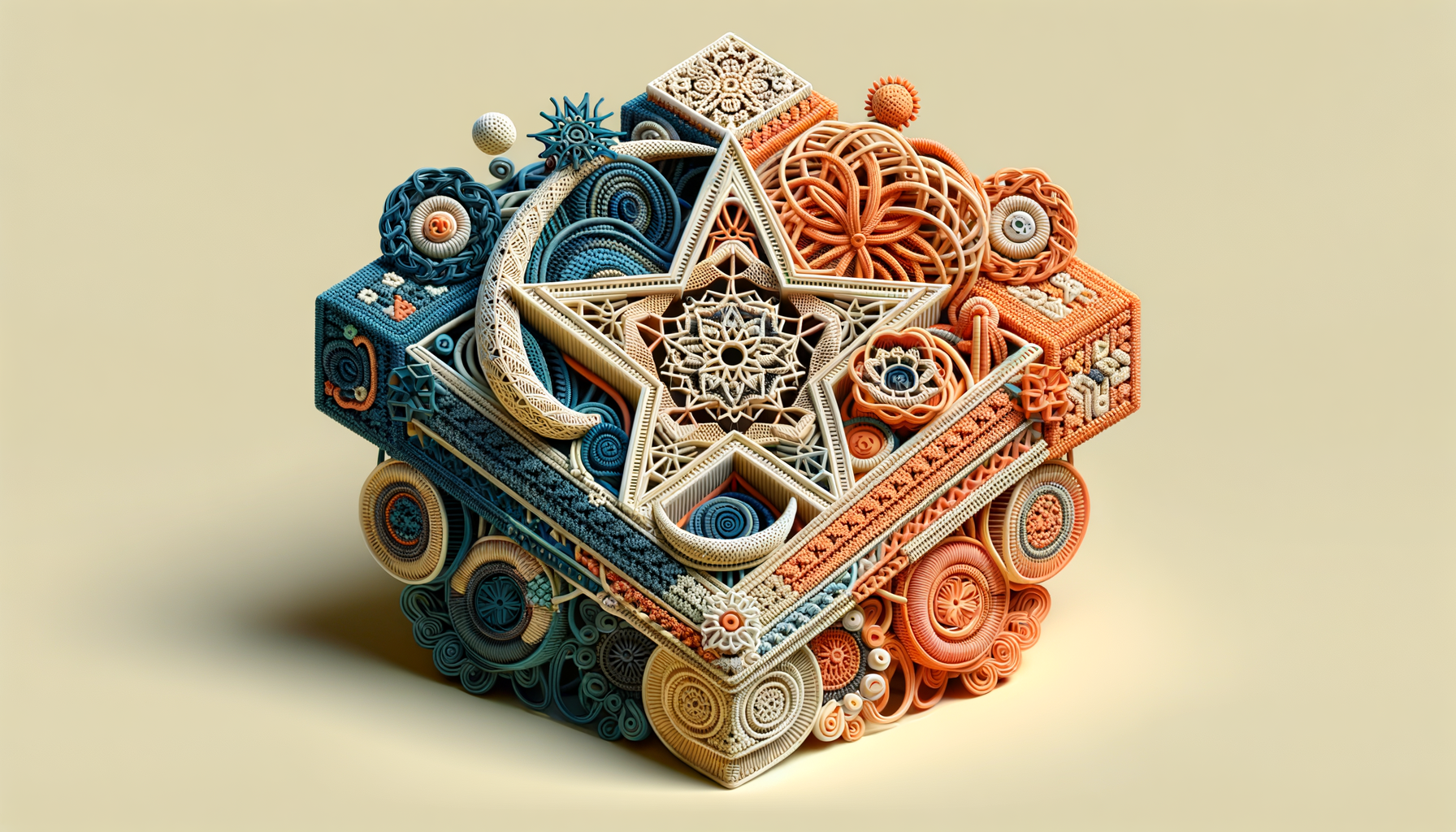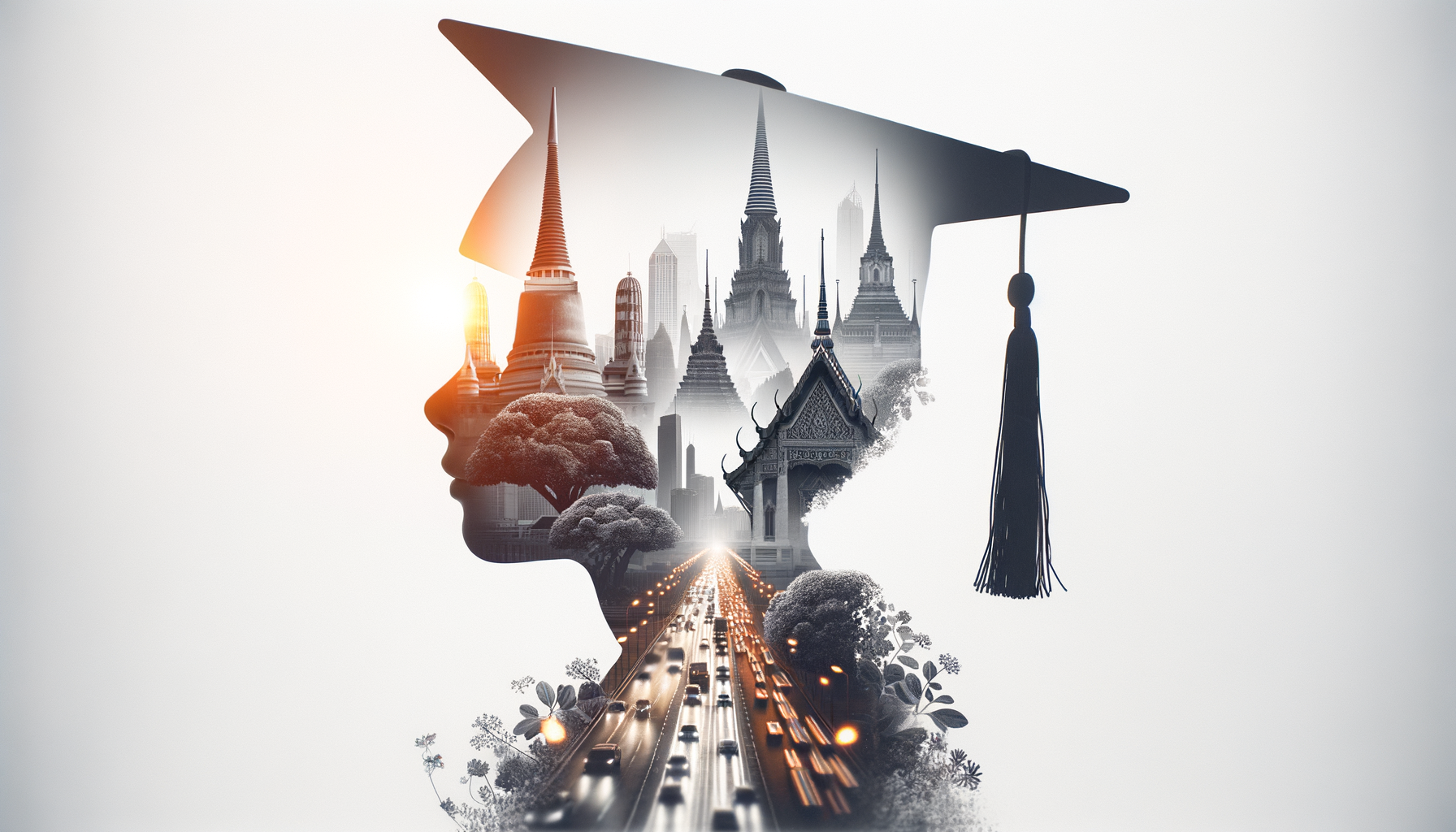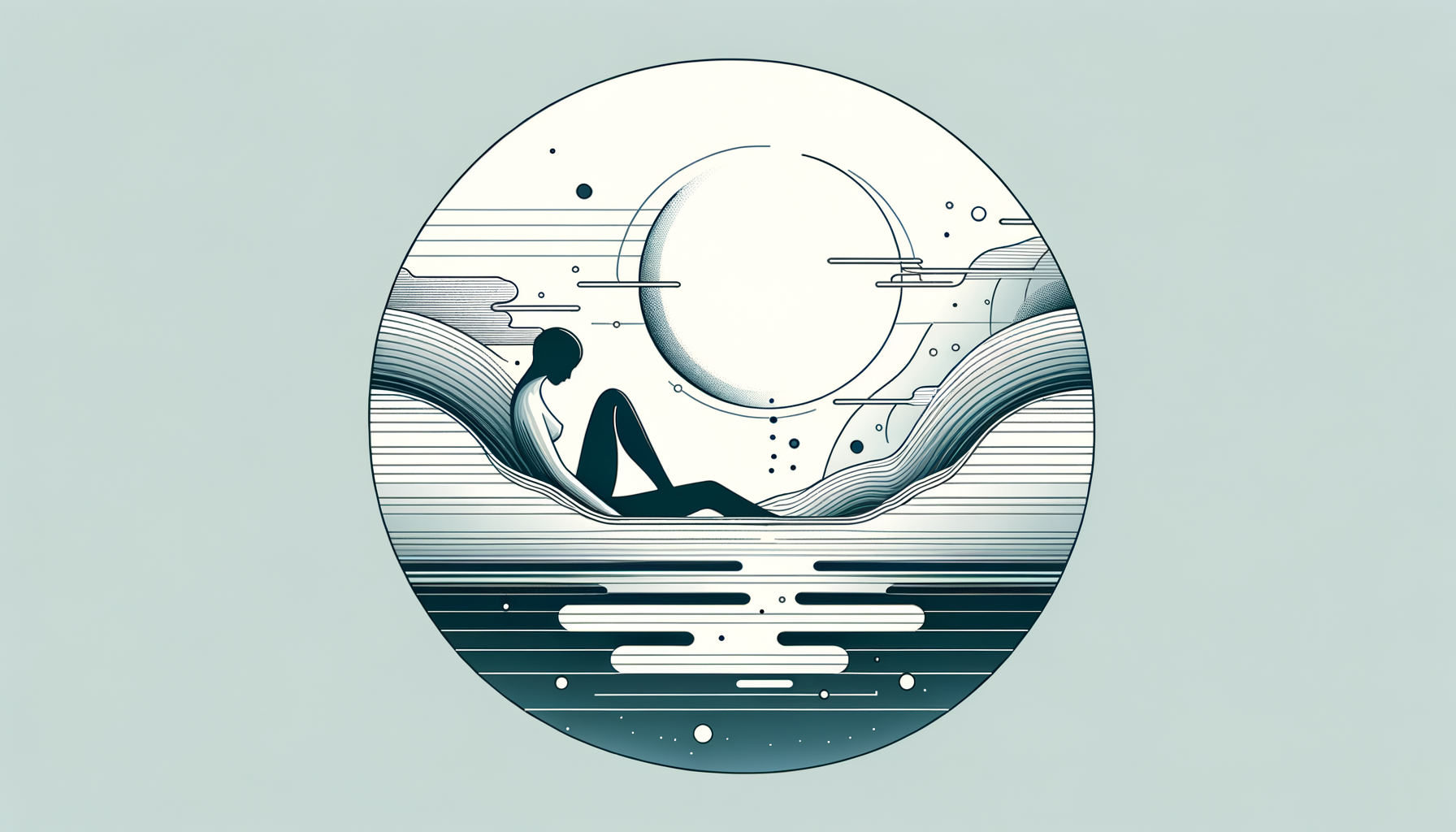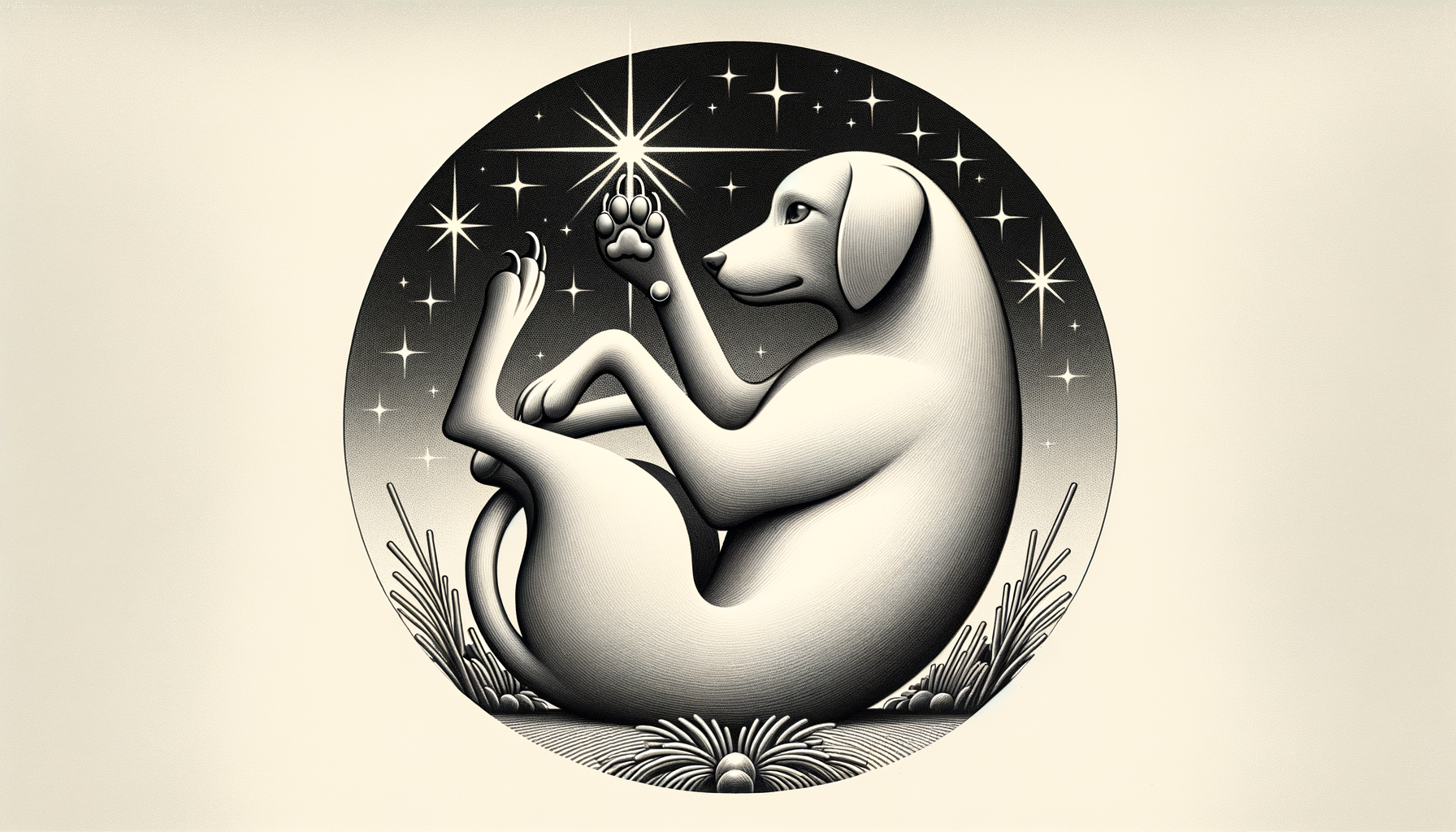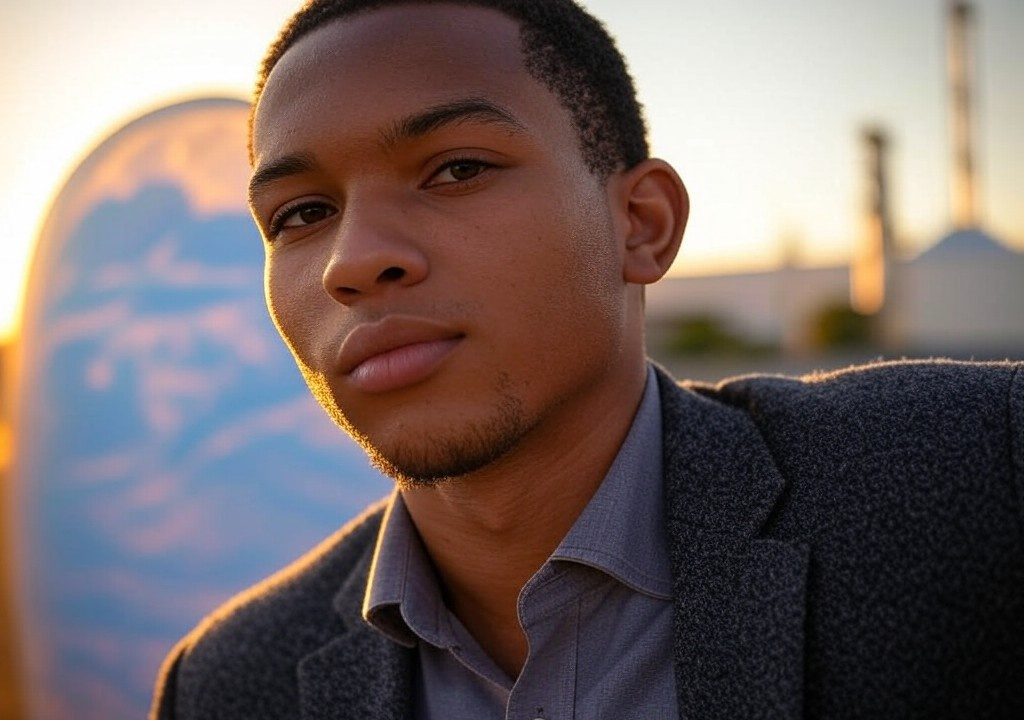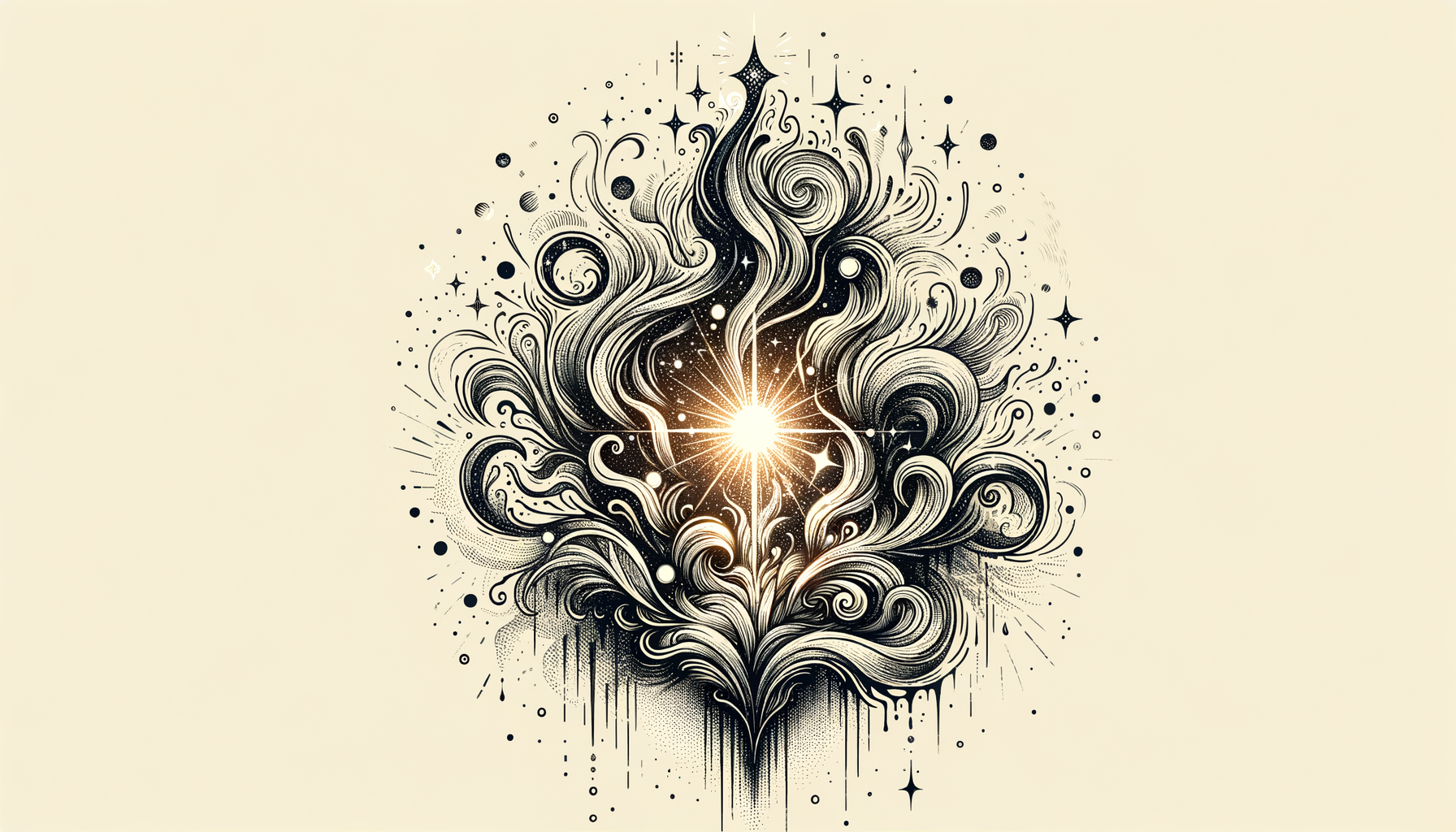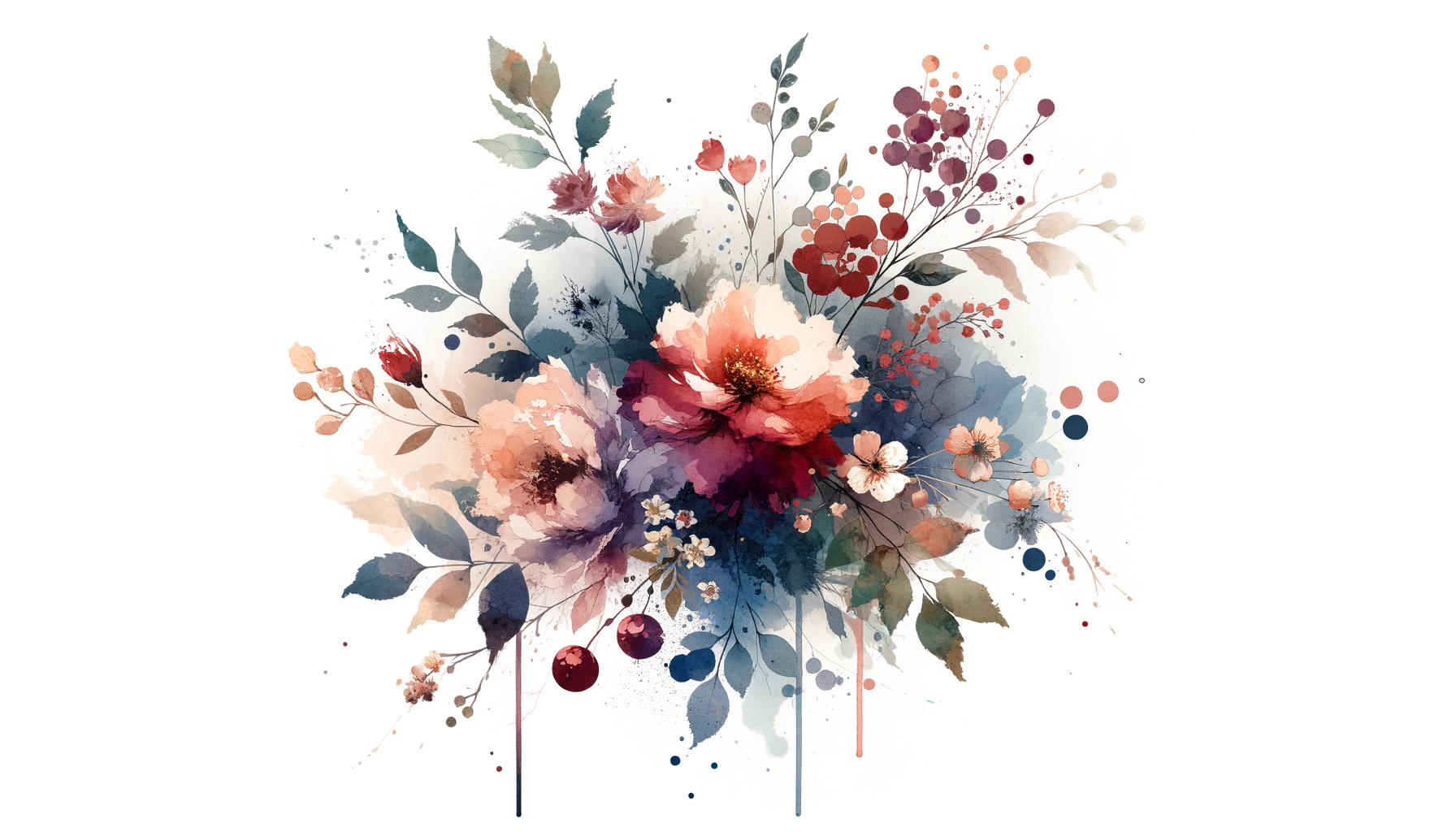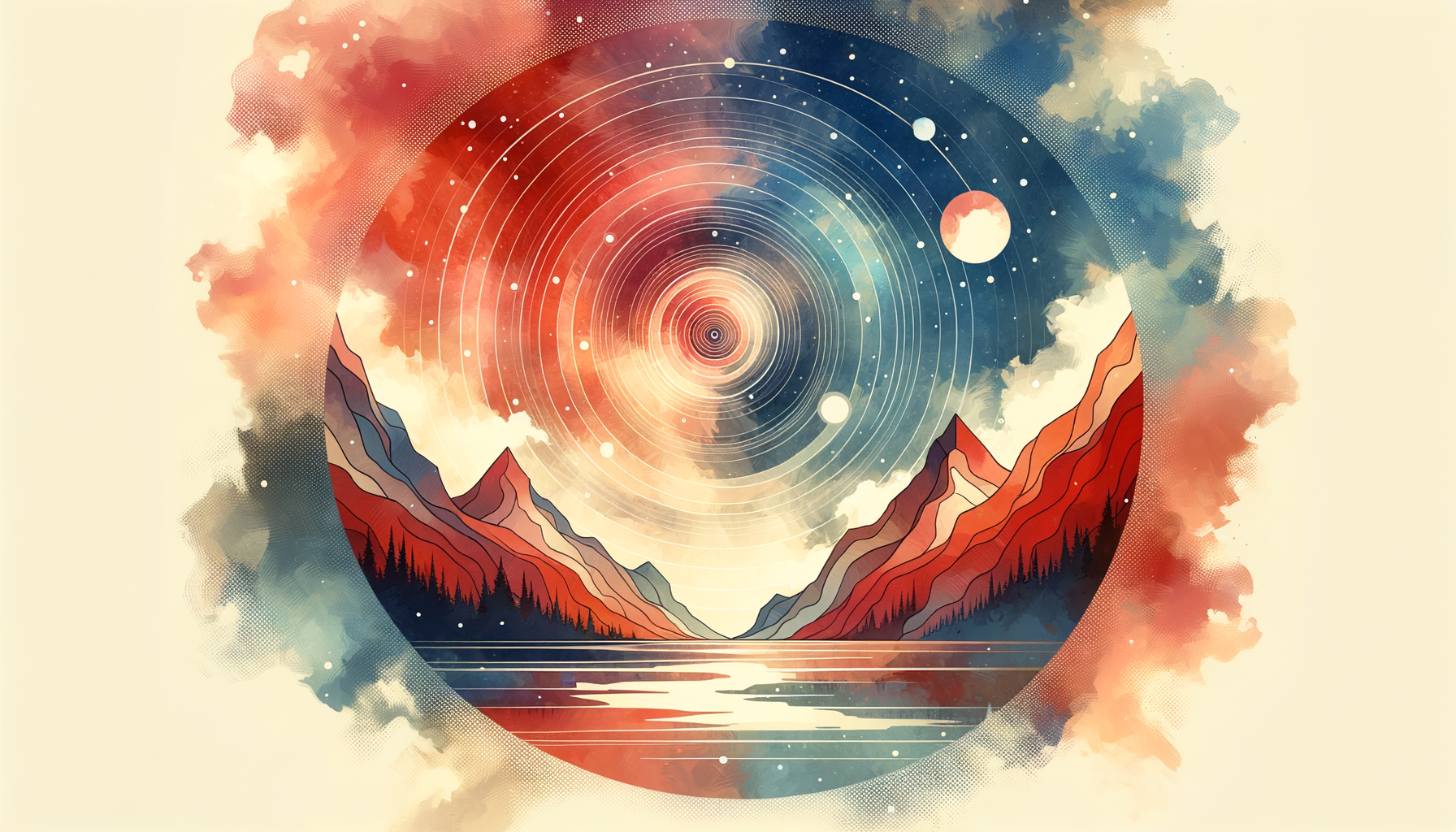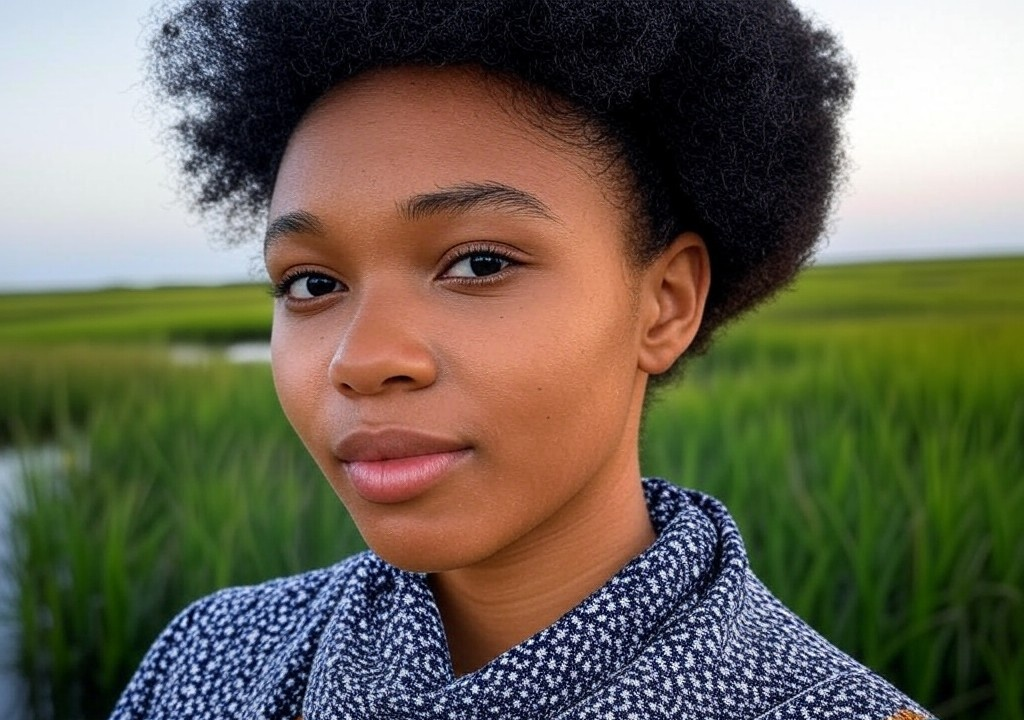There’s a thin white scar on my left forearm that I like to call my “mountain souvenir.” I got it at thirteen after believing I could lasso a wayward calf like some kind of John Wayne reincarnate. Spoiler: I could not. The rope slipped, the calf kicked, and I ended up face-first in the dirt with a wound I didn’t dare show my mom until days later. Now, every time I catch sight of it, I think about that summer—dirt-streaked boots, afternoon thunderstorms rolling in over the San Juans, and teenage bravado that far outweighed my skillset. It’s not just a scar; it’s a story. And honestly, aren’t all scars like that?
Some scars live on our bodies, etched into the surface like notes in the margins of a book. Others are invisible, stashed away in our hearts, only surfacing when a song or memory flips the pages back to a certain chapter. But whether they’re earned by the bite of barbed wire or the sting of heartache, scars have a way of shaping us and the stories we tell about ourselves.
Let’s dig into those stories—literal and metaphorical—and why they matter.
The Stories We Wear (and How We Got Them)
Physical scars are easy to explain. You fell off your bike trying to impress a crush in middle school. You wiped out that time you thought skateboarding down a handrail was a great idea. Or maybe you went through something more serious—surgeries, illnesses, or accidents that left marks deeper than skin. Either way, scars often come with a built-in backstory.
For example, my Uncle Roy has this jagged scar running across his brow. He tells people it’s from a fistfight with a bear (it’s not), but if you want the real story, it’s just the result of tripping over a fence post while trying to catch the neighbor’s chickens. The point? The scar has outlasted the embarrassment—and now it’s a conversation starter.
Scars can be badges of survival. They say, “I was here, and this is what happened.” They give us something to laugh about after the pain fades, especially the dumb mistakes—the rope burns and splinters, the “hold my beer” moments we somehow live to tell. In relationships, these stories can be great icebreakers—because who doesn’t want to hear how you fell out of a canoe on your first date and ended up tangled in lily pads?
Invisible Scars: The Ones You Don’t See Coming
Not all scars are physical. Some carve their path beneath the skin, hidden from view but no less real. Think about breakups, betrayals, or unspoken words that still echo long after the moment passes. Emotional scars are sneaky like that—less visible but every bit as formative.
When my first serious relationship ended in college, it felt like someone had yanked the bottom beam out of my carefully constructed life. My then-girlfriend (who, fun fact, co-starred in my greatest—and worst—attempt at a couples’ Halloween costume) told me one night that things “just weren’t working.” She walked off into the rain, and I was left holding her cardigan like it was some bad indie movie. I spent weeks bemoaning my solo existence, eating way too many boxes of mac and cheese, and questioning how much sweaters really cost in emotional currency. But you know what? I learned a lot from the fallout. Scars, after all, are proof you can survive.
They teach you about resilience, patience, and the weird, wonderful process of growing through pain. Whether it’s a breakup or a family argument that never really healed, those invisible scars remind you of what you’ve overcome—and what you’re still capable of.
How Scars Shape Connections
Now, here’s where scars get really interesting: They don’t just shape you. They shape the connections you make with others.
Whether it’s a first date, a deep friendship, or a chance conversation with the stranger next to you on a plane, when you share your “scar stories,” you’re unlocking something personal. Vulnerability. Humanity. That deep knowing that we’ve all been knocked down by life more than a few times—and we’re somehow better for it.
This doesn’t mean you have to roll out your trauma file on the first date—although, hey, vulnerability has its moments—but it does mean understanding that scars don’t make you less attractive, less lovable, or less worthy of connection. They’re conversation pieces, windows into who we are, why we laugh at certain jokes, why certain songs wreck us, or why we might be a little guarded during conflict.
When you’re willing to show your scars—literal or not—you build trust. You offer authenticity. And isn’t that, at its core, what relationships are all about?
Turning Scars into Stories: Lessons from the Ranch
Growing up in Telluride, surrounded by mountains, horses, and the occasional stubborn mule, I learned pretty early that pain is inevitable. But here’s the thing: Scars aren’t just places where you were hurt—they’re proof that you healed.
There’s a term my mom used to toss around whenever something broke or got scratched: “That gives it character,” she’d say. It applied to our scuffed kitchen table, my old guitar with its chipped varnish, and, of course, my forearm scar from the lasso incident. What she meant, I think, is this: The marks don’t ruin the value—they add to it. They’re evidence of use, growth, and a life lived fully.
The same applies to us. Scars give us character. They’re reminders that perfection isn’t the goal—authenticity is.
Embracing the Power of Stories
If you’re looking to grow closer to someone—whether it’s a date, a partner, or a friend—try sharing one of your “scar stories.” Swap tales about bike crashes, bad breakups, or that time you accidentally locked yourself out of your apartment in nothing but a bathrobe. Humor heals. Vulnerability connects. Storytelling is where it all begins.
Here’s a tip: Next time you’re tempted to cover up an imperfection, resist the urge. Lean into the story. Laugh about it, learn from it, and let it remind you of how much you’ve grown. Trust me, most people would rather hear about how you learned to salsa dance after twisting your ankle than hear you gloss over life’s more awkward moments.
Scars Aren’t the End of the Story—They’re the Plot Twist
At the end of the day, scars—physical or emotional—don’t define us. They shape us. They’re not the finale, just a pivotal scene that sets up the plot twist. Embracing them means embracing the messy, imperfect, incredible journey of being human.
So the next time someone asks about that faint line on your arm, wear it like a badge of honor. Say, “Yeah, that’s from the summer I turned thirteen and decided I could rope a calf better than a seasoned cowboy.” Then laugh, because scars aren’t just reminders of where we’ve been—they’re proof of how far we’ve come.
And who knows? The story you tell might just inspire someone to share one of their own.




